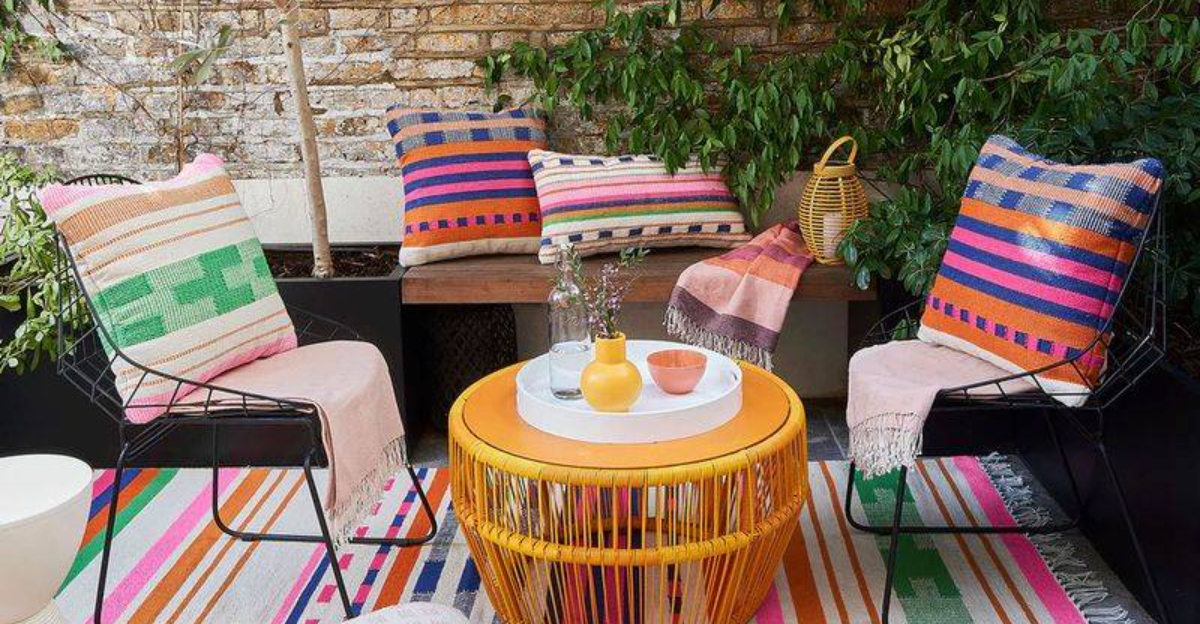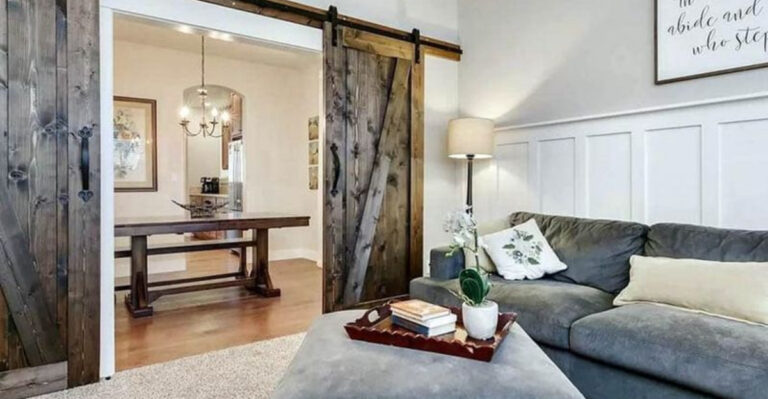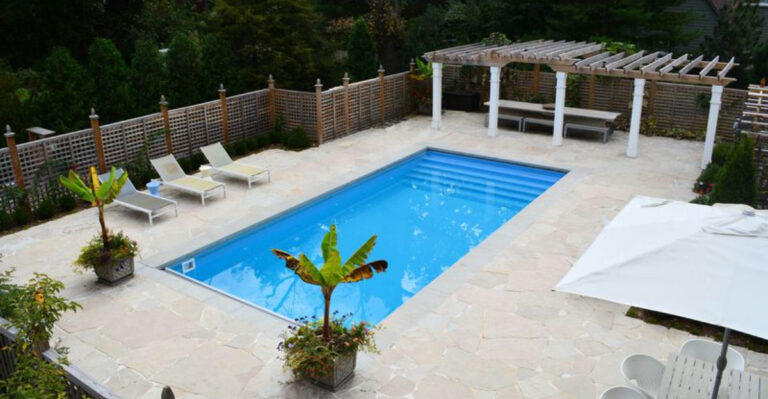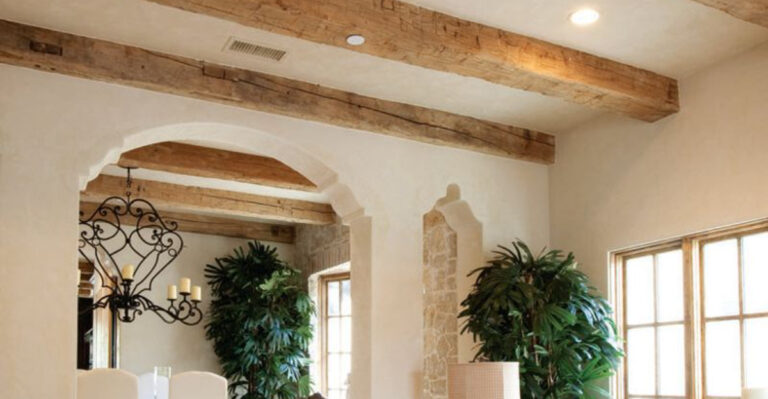DIY Guide To Building An Eco-Friendly Outdoor Living Space
I used to think going green in the backyard meant spending a fortune or hiring a pro. Turns out, a little creativity and elbow grease go a long way.
With some recycled materials and eco-conscious planning, I started turning my outdoor space into something beautiful and sustainable. From repurposed planters to DIY compost bins, these small projects have made a big difference.
It’s incredibly satisfying to know my backyard looks great while doing good for the planet. If you’re ready to dig in and create an outdoor space that feels right in every way, these ideas are a great place to start.
1. Build A Rainwater Collection System
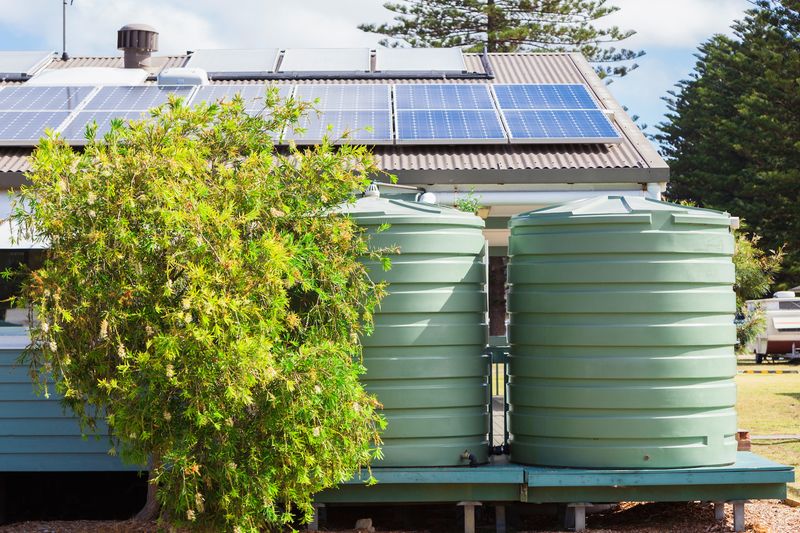
How cool would it be to water your plants with nature’s own delivery service? Setting up rain barrels under your gutters captures precious water that would otherwise rush down storm drains.
You’ll need food-grade barrels, a spigot, and some basic plumbing supplies from the hardware store. Position them strategically around your home’s downspouts.
This simple system can save hundreds of gallons yearly while reducing your water bill and helping plants thrive with chemical-free H2O.
2. Create Recycled Tire Planters
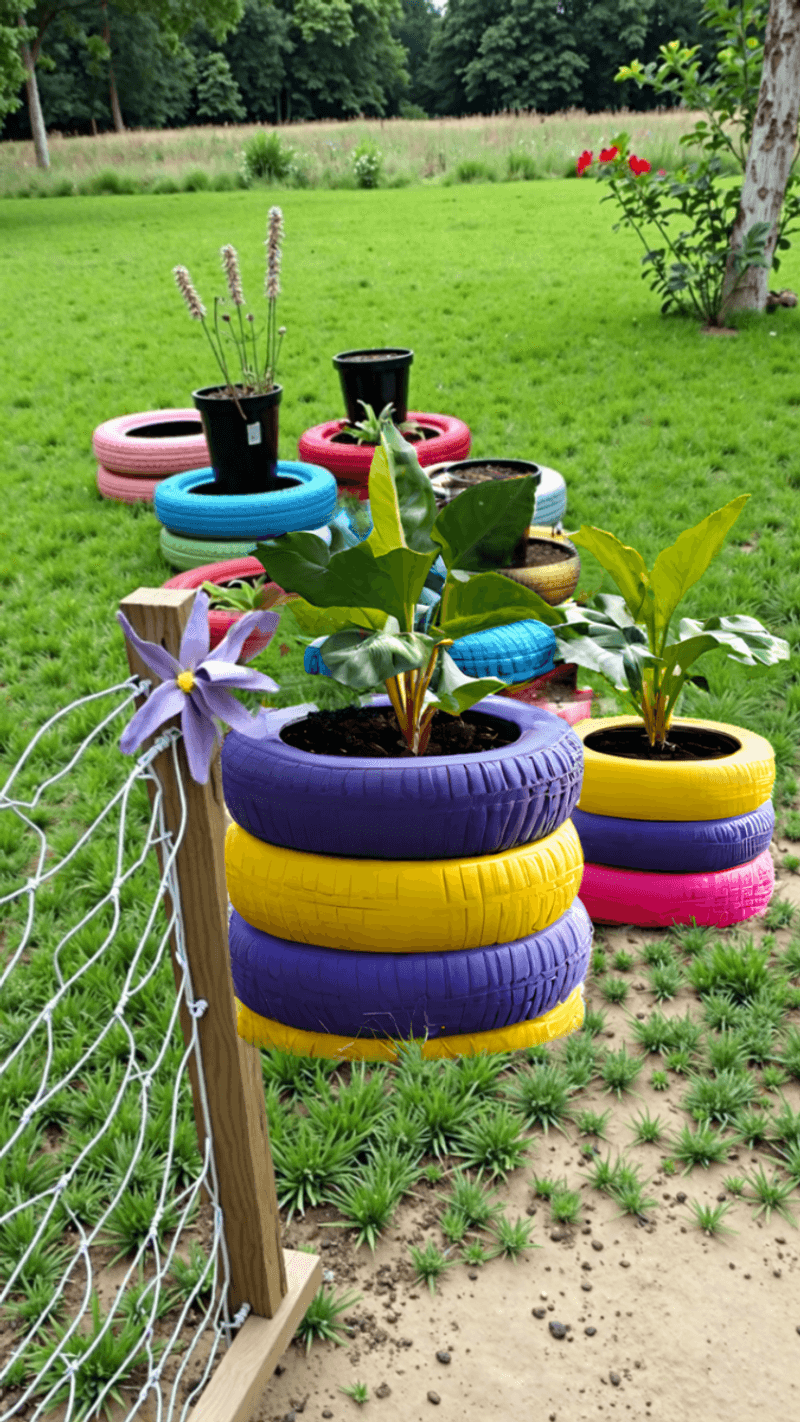
Sometimes trash becomes treasure in the most unexpected ways. Old tires make fantastic planters that last for decades without rotting or cracking like traditional containers.
Clean them thoroughly, then paint with bright colors or leave them natural for a rustic look. Stack multiple tires for deeper root space or use singles for herbs and flowers.
Though rubber takes forever to decompose in landfills, repurposing tires gives them new life while creating unique garden focal points that cost practically nothing.
3. Install Solar-Powered Pathway Lights

Where darkness once made evening strolls treacherous, solar lights now create magical pathways without adding a penny to your electric bill. These clever devices charge during sunny days and automatically illuminate when darkness falls.
Simply push them into soft soil along walkways, around patios, or near garden beds. No wiring or electrical knowledge required.
Modern solar lights last much longer than early versions and provide surprisingly bright illumination while reducing your carbon footprint one photon at a time.
4. Construct A Compost Bin From Pallets

If kitchen scraps could talk, they’d probably complain about being tossed in the trash when they could become garden gold instead. Building a compost bin from free pallets transforms food waste into nutrient-rich soil amendment.
Stack three pallets in a U-shape, securing with zip ties or screws. Add a hinged front panel for easy access to finished compost.
Within months, your banana peels and coffee grounds become black gold that makes plants grow like they’re on steroids, naturally.
5. Build Raised Garden Beds With Reclaimed Wood
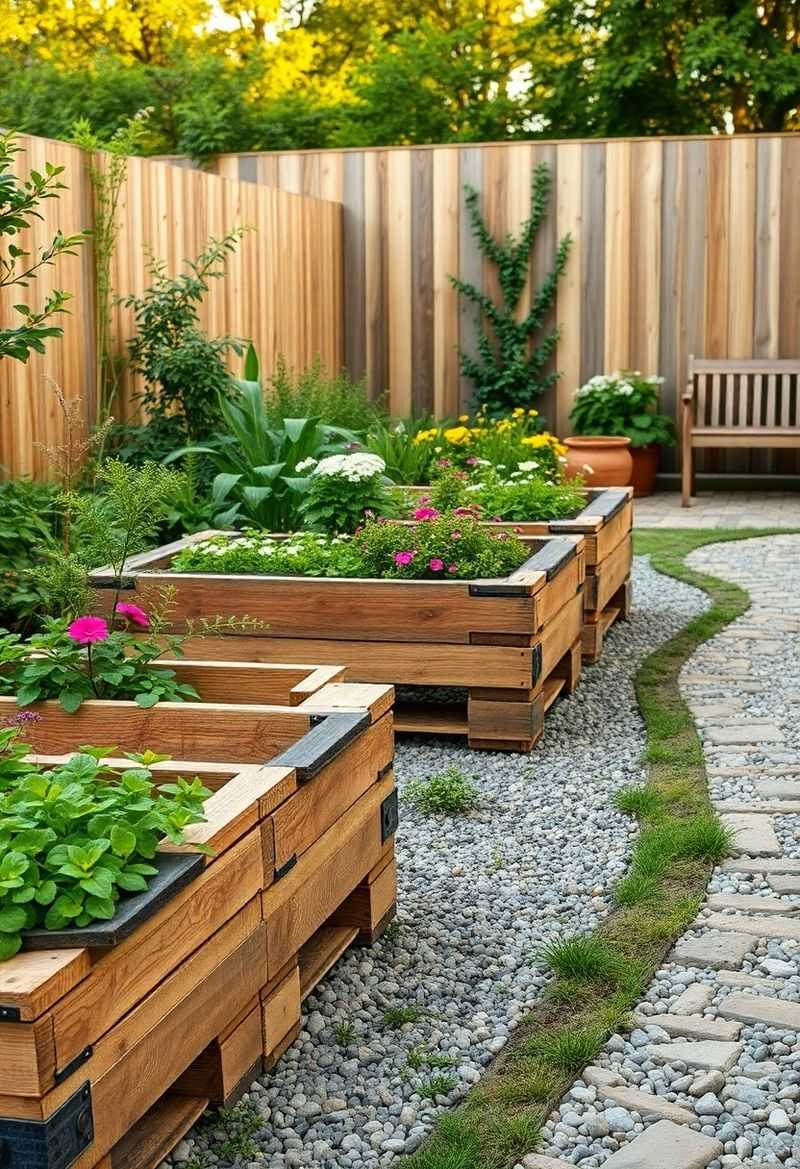
Reclaimed barn wood and old fence boards tell stories while growing tomorrow’s dinner. These weathered materials bring character to raised beds that new lumber simply can’t match.
Check construction sites, Craigslist, or demolition companies for free wood. Sand rough edges and avoid pressure-treated lumber near edible plants.
Though building takes weekend effort, raised beds improve drainage, reduce weeds, and make gardening easier on your back while giving discarded wood a second chance at usefulness.
6. Create A Living Privacy Screen
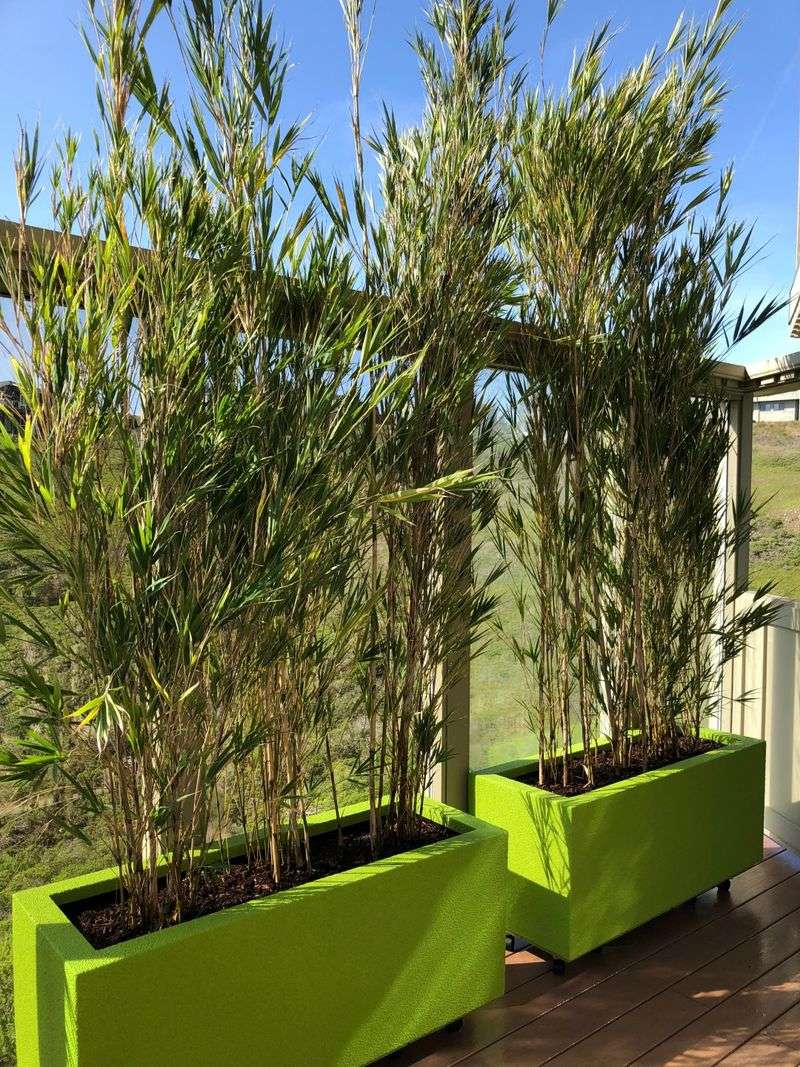
Why build walls when you can grow them instead? Living privacy screens using fast-growing bamboo, native shrubs, or climbing vines create natural barriers that improve air quality while blocking unwanted views.
Choose plants suited to your climate and growth speed preferences. Bamboo shoots up quickly but needs containment to prevent spreading.
These green walls provide habitat for birds, reduce noise pollution, and look infinitely better than plastic fencing while requiring minimal maintenance once established.
7. Make Stepping Stones From Broken Concrete

When life gives you broken sidewalks, make stepping stones! Chunks of old concrete, brick, or stone can become charming pathway elements instead of heading to landfills.
Clean pieces thoroughly and arrange them in pleasing patterns. Fill gaps with gravel, moss, or ground-covering plants for natural transitions.
This approach costs nothing but sweat equity while creating unique walkways that complement any garden style. Each piece carries history while serving a new purpose in your sustainable landscape design.
8. Install A Greywater Irrigation System
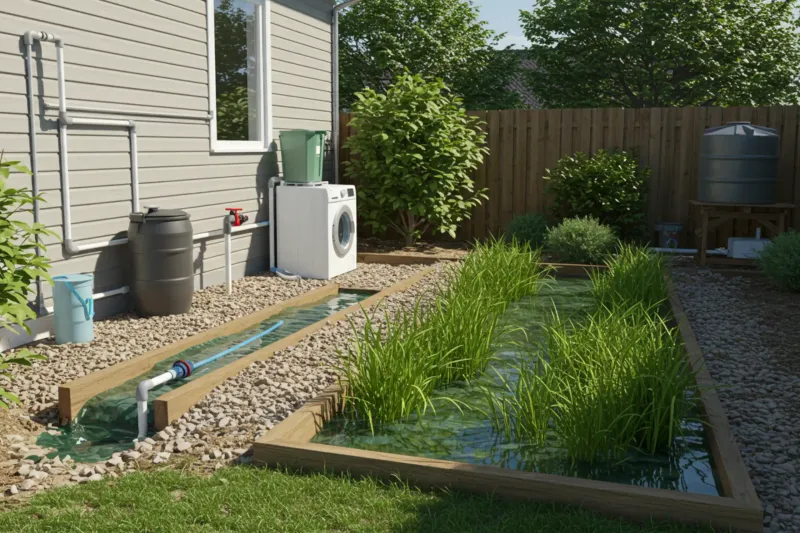
Sometimes the best solutions hide in plain sight, like the gallons of lightly used water flowing down your drains daily. Greywater from sinks, showers, and washing machines can irrigate gardens instead of overwhelming treatment plants.
Simple systems redirect this water through basic pipes to mulched garden areas. Use biodegradable soaps to keep soil healthy.
Though installation requires basic plumbing skills, the water savings add up quickly while reducing strain on municipal systems and keeping your plants happy year-round.
9. Build A Bug Hotel For Beneficial Insects
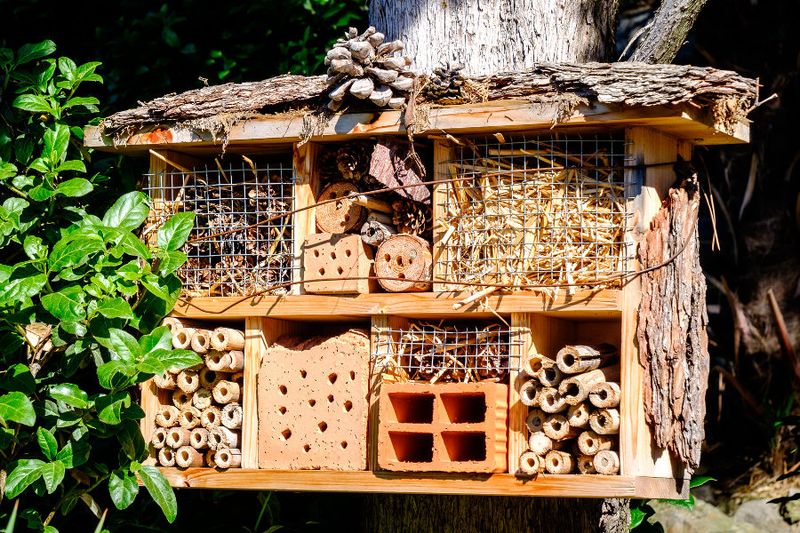
If insects had travel agents, they’d definitely book stays at custom bug hotels that provide cozy accommodations for garden helpers. These structures offer nesting sites for beneficial insects that pollinate plants and control pests naturally.
Use untreated wood to build the frame, then fill compartments with bamboo tubes, drilled logs, pine cones, and straw.
Position your insect inn in a sunny, sheltered spot where tiny guests can easily access your garden while providing natural pest control services.
10. Create Permeable Paving With Recycled Materials
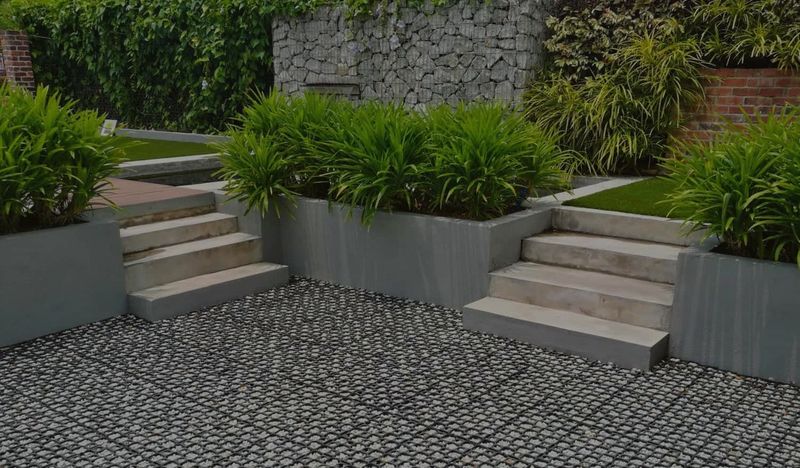
Concrete might be convenient, but it turns your yard into a waterproof sheet that forces rainwater to rush away instead of soaking into soil. Permeable paving using recycled brick, stone, or pavers allows water to filter naturally.
Lay materials over sand and gravel base, leaving gaps for drainage. Plant low-growing herbs between stones for living mortar.
This approach prevents erosion, reduces runoff, and recharges groundwater while creating beautiful outdoor surfaces that improve with age rather than cracking.
11. Construct A Green Roof On Sheds Or Gazebos
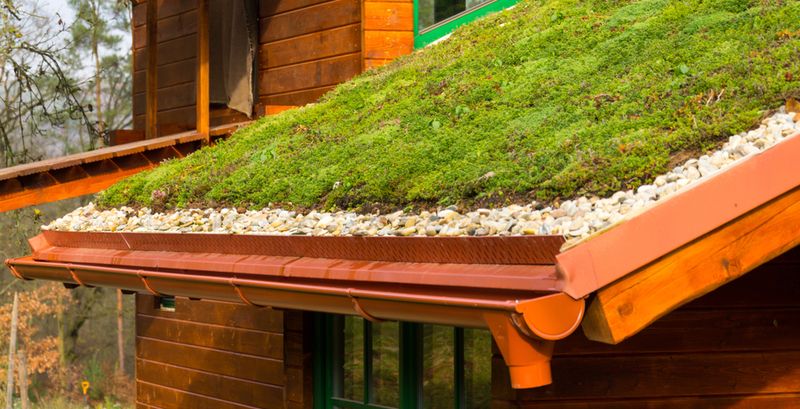
Who says roofs can’t pull double duty as gardens? Green roofs on small structures like sheds, gazebos, or dog houses provide insulation while creating habitat for beneficial creatures.
Install waterproof membrane, drainage layer, and growing medium. Choose drought-tolerant plants like sedums that thrive in shallow soil.
Though initial setup requires careful waterproofing, living roofs reduce stormwater runoff, provide insulation, and create unique focal points that make neighbors wonder how you got so creative with previously boring structures.
12. Make Outdoor Furniture From Recycled Plastic

Plastic bottles get a second life as surprisingly durable outdoor furniture that laughs at weather while keeping waste out of oceans. Recycled plastic lumber looks like wood but never rots, splinters, or needs staining.
Build benches, tables, or planters using standard woodworking techniques. The material cuts and screws just like traditional lumber.
Though initially more expensive than wood, recycled plastic furniture lasts decades without maintenance while giving thousands of bottles a useful second career in your sustainable outdoor space.
13. Install A Vertical Garden Wall

When ground space runs short, smart gardeners think vertically and transform blank walls into productive growing surfaces. Vertical gardens maximize plant capacity while creating stunning living art that purifies air.
Use pallets, gutters, or pocket planters mounted on fences or walls. Choose appropriate plants for light conditions and container depth.
These space-saving solutions work perfectly for herbs, lettuce, strawberries, and flowers while adding privacy and reducing cooling costs by shading walls from harsh afternoon sun.
14. Create A Natural Swimming Pool
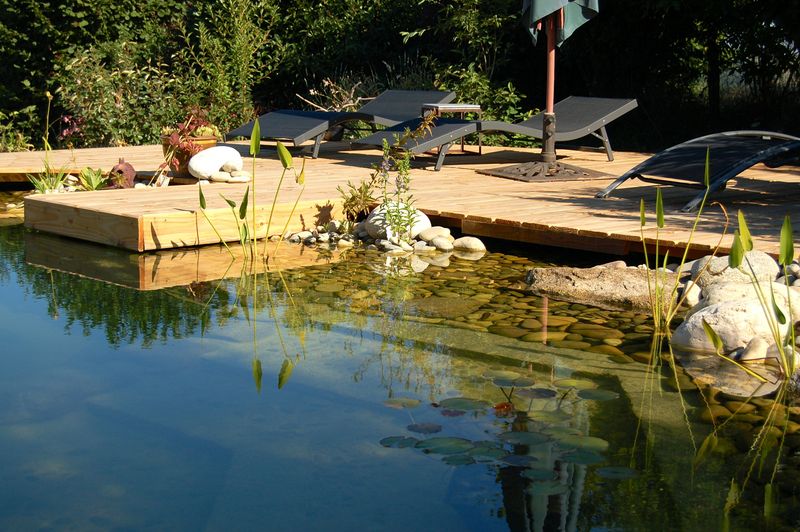
Swimming pools don’t have to be chemical-filled concrete boxes that fight against nature. Natural pools use plants and beneficial bacteria to maintain crystal-clear water without harsh chemicals that irritate skin and eyes.
Design includes swimming area plus regeneration zone filled with aquatic plants that filter water naturally.
Though construction requires significant planning and investment, natural pools create ecosystem habitats, use less energy than traditional pools, and provide chemical-free swimming that feels like taking a dip in a pristine mountain lake.
15. Build A Rocket Mass Heater For Outdoor Warmth
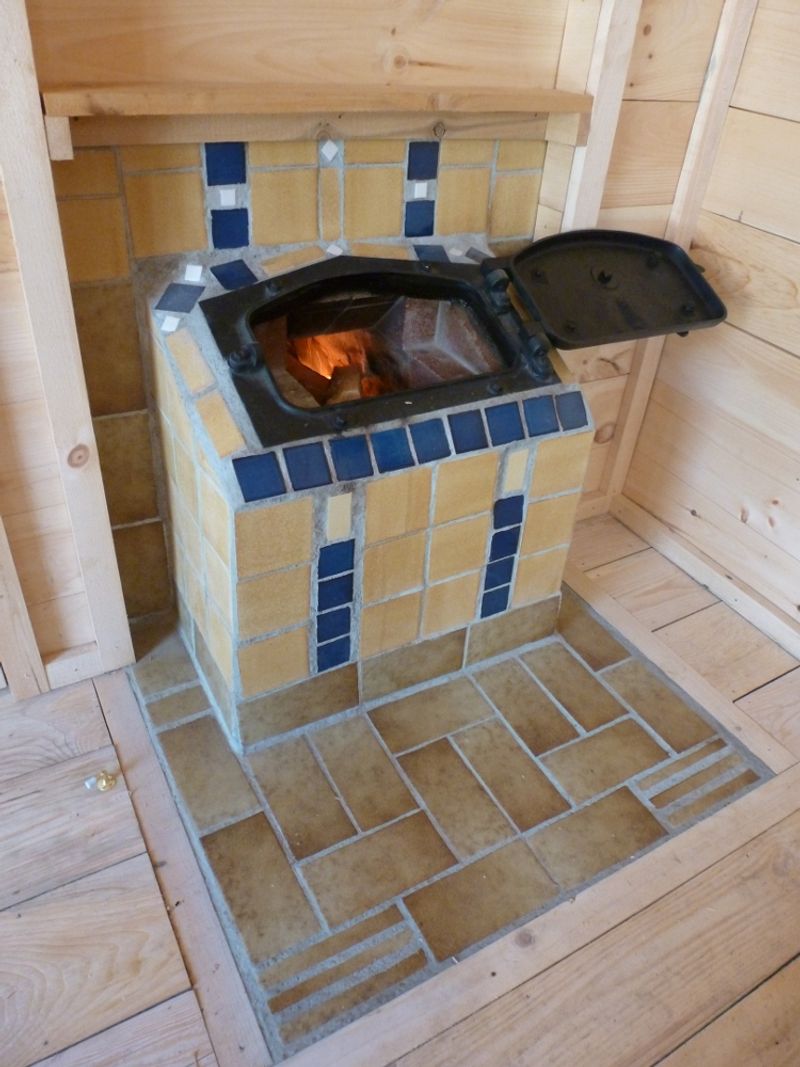
Cold evenings don’t have to send everyone indoors when rocket mass heaters provide efficient warmth using minimal wood while producing almost no smoke. These ingenious devices burn small amounts of fuel completely and store heat in thermal mass.
Construct using fire bricks, clay, and metal components following proven designs. The system requires careful attention to dimensions and airflow.
Though building demands patience and precision, rocket heaters extend outdoor season significantly while using sustainable fuel sources and creating cozy gathering spots for family and friends.
16. Design A Pollinator Garden With Native Plants

Native plants know exactly how to thrive in local conditions without constant watering, fertilizing, or pest control treatments. These indigenous species provide perfect food sources for local bees, butterflies, and birds that evolved alongside them.
Research plants native to your specific region and choose varieties that bloom throughout growing season.
Once established, native gardens practically maintain themselves while supporting declining pollinator populations that keep our food system functioning and creating beautiful landscapes that change with seasons naturally.

